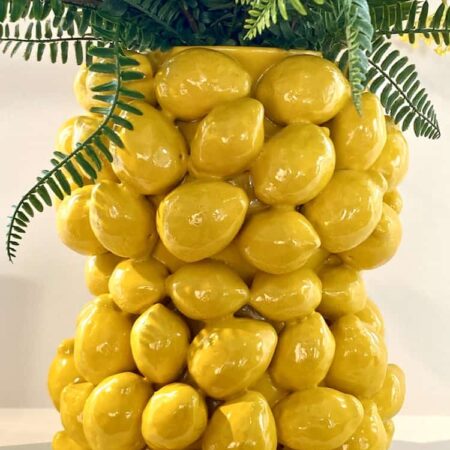In an interview with a slime scientist, insights into crafting the perfect slime formula reveal a fascinating blend of creativity, chemistry, and practical experimentation. The scientist explains that the foundation of any slime recipe lies in understanding the properties of polymers, particularly polyvinyl acetate PVA glue, which serves as the primary ingredient. PVA glue, a water-based adhesive, forms long polymer chains that can slide past each other when in a liquid state, lending slime its characteristic stretchiness and adhesive properties. Achieving the ideal slime consistency involves precise measurements and the addition of a cross-linking agent, such as borax or liquid starch. These agents interact with the PVA polymer chains to create a network of chemical bonds, transforming the liquid glue into a semi-solid gel-like substance. The scientist emphasizes the importance of balancing the ratio of glue to activator to achieve the desired slime texture too little activator results in a sticky, runny slime, while too much can yield a stiff, rubbery texture.
Beyond basic ingredients, the scientist discusses the role of additives in customizing slime properties. Common additives include coloring agents, glitter, foam beads, and scented oils, each contributing to slime’s visual appeal and sensory experience. The scientist explains how experimenting with different additives can alter slime’s texture, elasticity, and aesthetic qualities, allowing for endless creative possibilities. In terms of scientific methodology, the scientist highlights the importance of experimentation and observation in slime development. Testing various formulations, observing how ingredients interact, and documenting results are crucial steps in refining slime recipes and understanding underlying chemical principles. This iterative process of trial and error not only enhances scientific knowledge but also fosters innovation in slime-making techniques.
Moreover, the scientist discusses ongoing research and innovations in slime science, including sustainable and eco-friendly slime formulations. Exploring slime shop alternative ingredients and biodegradable materials aligns with growing consumer demand for environmentally conscious products. The scientist emphasizes the potential of slime-inspired materials in fields like biomedical engineering, where bio-compatible and bio-inspired materials hold promise for medical applications such as wound healing and drug delivery systems. Overall, the interview with the slime scientist provides valuable insights into the art and science of slime-making. It underscores the interdisciplinary nature of slime science, blending chemistry, materials science, and creativity to create not just a toy but a versatile medium with diverse applications and potential for future innovation.



